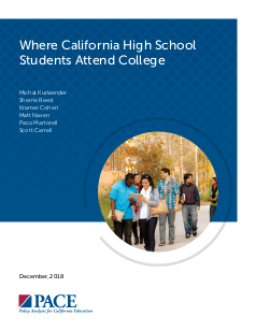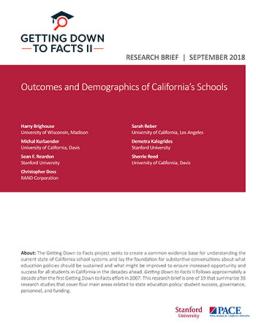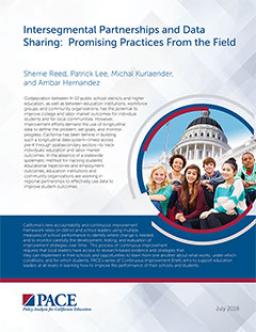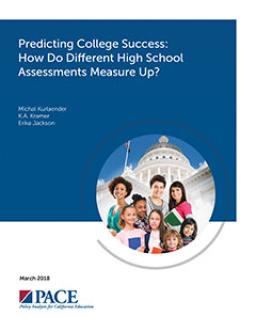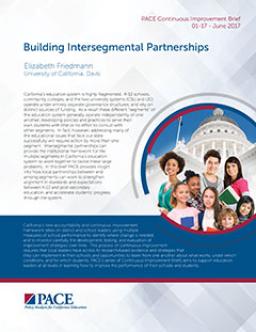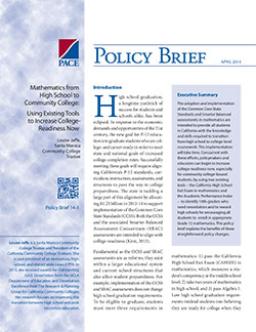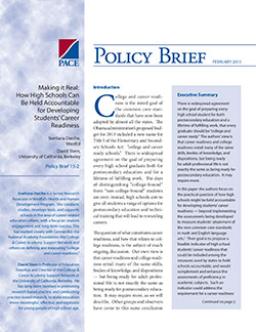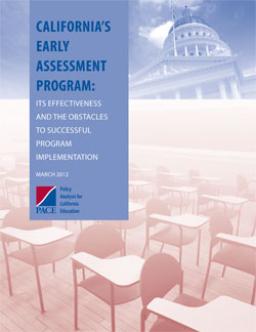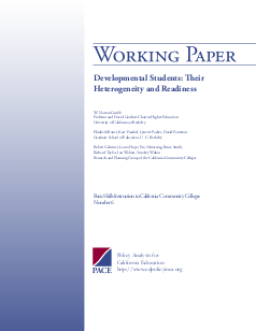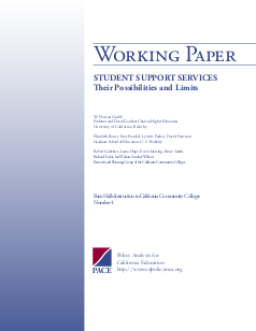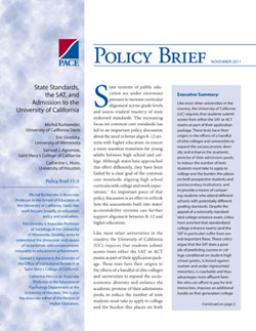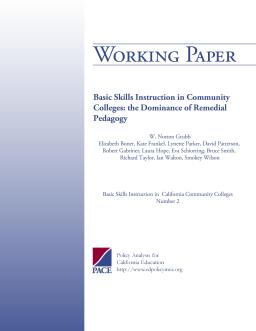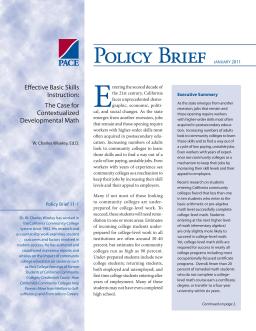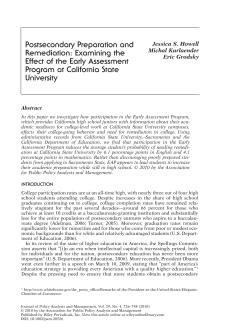Summary
Summary
Public education in California shows progress, yet challenges remain in providing equal opportunities for all students. Poverty rates persist, and schools are highly segregated by race, ethnicity, family income, and language. While student outcomes are improving, significant achievement gaps exist, and California students perform worse than their peers in other states. Career technical education programs provide opportunities for diverse students, but there are gaps in tracking students' educational trajectories.
Summary
California needs a longitudinal data system to improve student outcomes. Meanwhile, regional partnerships between education institutions and community organizations are using data to improve outcomes. A guide was created to help leaders with data sharing and use, and presents the components of effective regional efforts around data sharing and use, with tools to dive deeper into specific factors within each component. The guide aims to serve as a framework, tool for reflection, and networking resource for intersegmental leaders.
Summary
Summary
Summary
Summary
Summary
Summary
Summary
Summary
Summary
Summary
Summary
This report commemorates the fifth anniversary of the Getting Down to Facts project, which sought to provide a thorough and reliable analysis of the critical challenges facing California’s education system as the necessary basis for an informed discussion of policy changes aimed at improving the performance of California schools and students. The report focuses on the four key issues that received emphasis in the Getting Down to Facts studies: governance, finance, personnel, and data systems.
Summary
The Early Assessment Program (EAP) is a national model for increasing the number of students who are prepared for college and careers upon graduating high school. It has been recognized by two national consortia as the model for designing new high school assessments aligned with Common Core State Standards. The report highlights the EAP's key features and potential to strengthen coherence and alignment in California's educational system, reviews research on its impact on student success, and suggests modifications to increase its value to students and educators.
